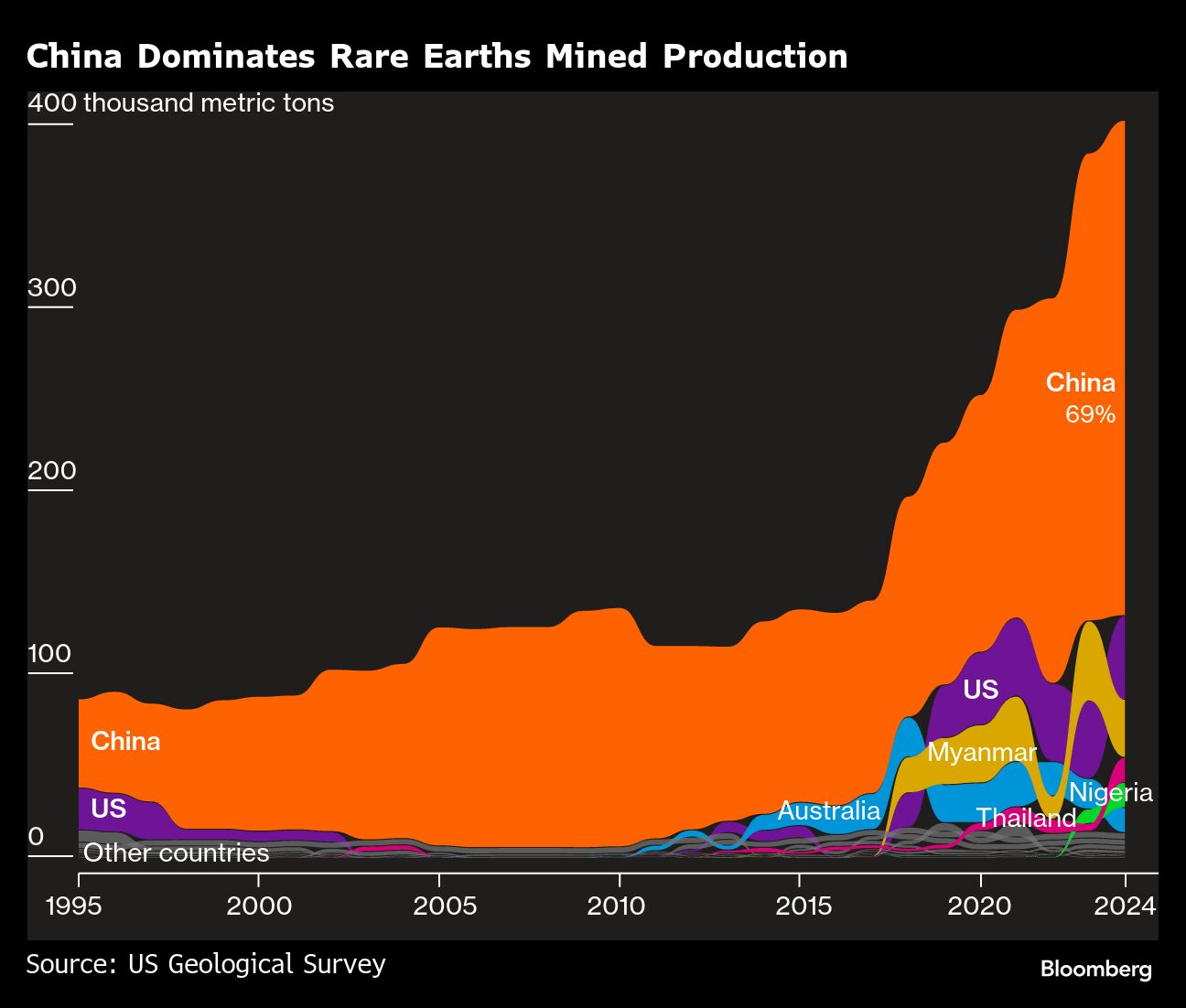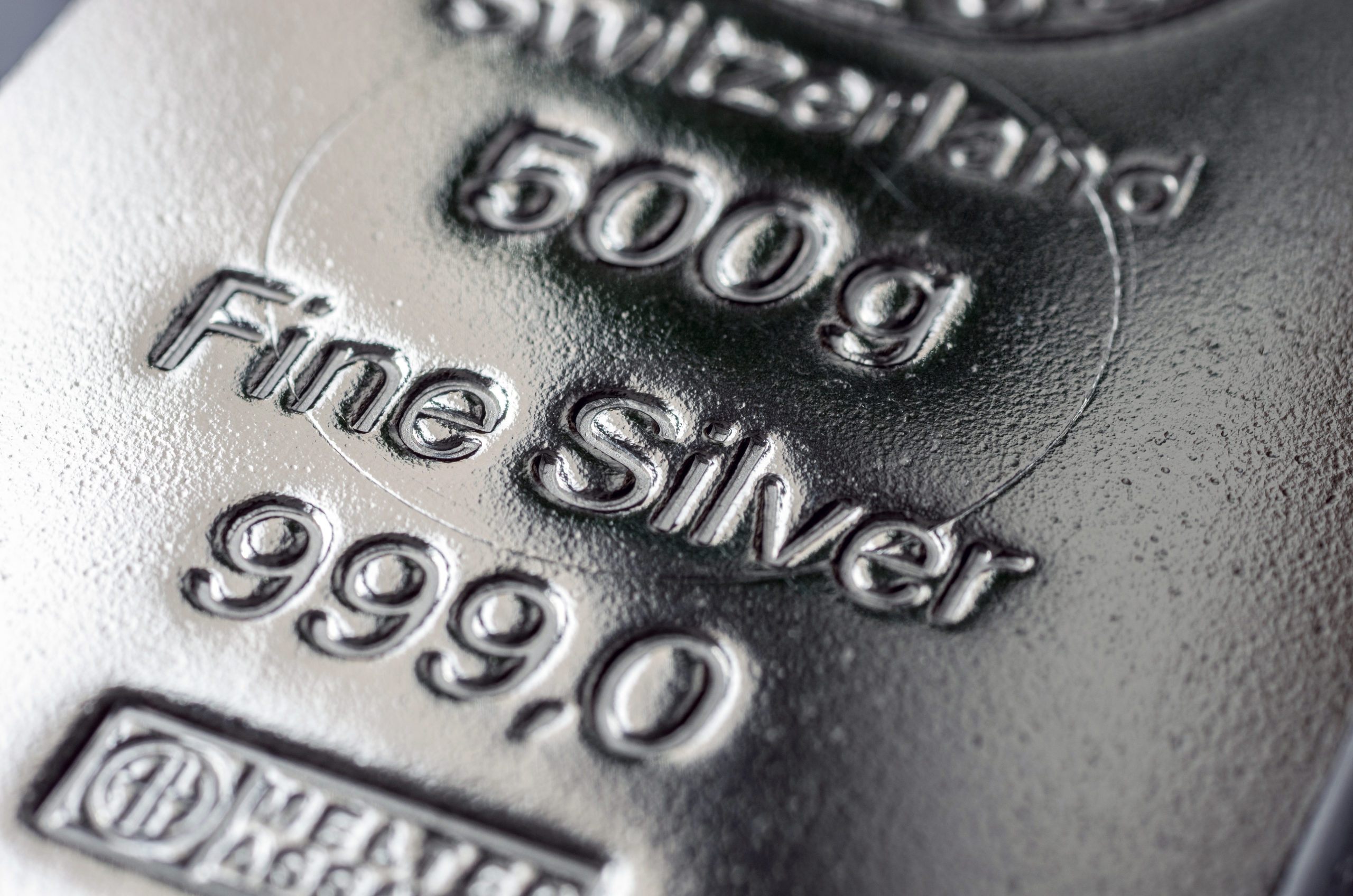Jason Mayer: the budgets of oil producers today are still a little delusional
Listen to the live audio recording (Mp3) >
The price of oil appears to be settling into a new price range, leaving oil sector profits at significant risk.
Jason Mayer, who manages precious metals and energy funds at Sprott Asset Management LP, is concerned that companies have done minimal budget revisions despite much lower likely profits.
We discussed why OPEC was not cutting production, and why the market has been so focused on US shale producers.
Continuing from the last time we talked in Sprott’s Thoughts, we also discussed how he’s investing in the gold sector after a tepid 2014 with no noticeable change in sentiment. See his comments below (starting with his take on the oil slump).
What is your response to the new price environment for oil? Are you going out and buying oil stocks, or waiting for things to get worse (as Rick Rule has suggested)?
In terms of valuation, a lot of companies are pricing in a significantly higher oil prices than current spot. I am not yet wading back into the space. I do have some core holdings that I’ve continued to hold throughout this downturn. But I continue to be underweight oil stocks.
In the long term: ex-OPEC, only 3% of global proven crude reserves are economic at sub-$70 oil. If you look at this particular price correction, it’s a supply-driven price correction, in contrast with the correction of ’09 which was demand-driven. If you look at where the vast majority of non-OPEC oil production growth has come from over the last five years, it’s been from the US and it has been driven by the advances in technology and the development of the US shale plays—primarily the Bakken, the Eagle Ford, and the Permian. These are higher-cost sources of production.
Another fact is that this huge growth we’ve seen in US production has really been debt-driven, so it has been supplemented by huge loads of debt. And just to keep production flat in these shales, because of their very high decline rates, you have to spend north of $50 billion per year.
To understand the role that debt’s played, I took a look at a cross-section of approximately 50 US companies operating in those three shales. From 2012 to 2014, net debt increased just shy of 80%. Over that time too, cash flow was up only 21% and production was up 17%.
So, as ludicrous as it sounds, that might be sustainable in a $90-$100 price environment, but clearly is not sustainable now.
Just to generate the maintenance capital – the cash flow to keep production flat – assuming a 20% reduction in services costs, you need oil prices of $65 to $80 depending on which particular shale we’re referencing. So the question is: when will we see supply decrease? The answer is that I don’t know. I know that the supply response is really going to be a function of price – how low prices go and how long they stay there. In other words, it depends on how painful it is for the companies.
This is going to be a market-forced correction, and we’re starting to see some of the budgets coming out of these companies. For the most part, from what I’ve seen, the budgets are still a little delusional. Most are using higher oil prices than we have now.
I want to see the more draconian budgets come, where you’re seeing declining production, companies batten down the hatches, and really focus on preserving the integrity of their balance sheets.
Are North American shale oil producers going to bear the brunt of production cuts worldwide? What about other international oil producers – why is most of the attention on US and Canadian producers?
The focus has been on the North American guys because that has been where all of the production growth has come from. For example, in 2013, something like 95% of non-OPEC production growth came out of the US. That is why the market has been so focused on how US companies are going to behave. That’s why there has been such a fixation on the cessation of that growth rate, or at least a moderation of it.
I do think that it will happen. The only things that could put that off would be cuts out of OPEC, or a sudden dramatic increase in demand. And I don’t think that OPEC will cut production. They realize that in any normally-functioning market where you have excess supply, it should be those with the highest production costs to yield market share, and of course OPEC are the lower-cost producers.
I think that OPEC would be just kicking the can down the road if this past November they had decided to protect price and not market share. If they had protected price (by cutting supply), then the price would have stayed above $90-$100 per barrel of oil, and they would have yielded market share. Then six months later, US production would be even higher, and they’d all be sitting there, having to make a similar decision – do we cut production again, or let the price fall to regain market share from North American shale?
For me, OPEC’s decision was very rational – it’s not a conspiracy. I think that, presuming that lower prices persist, it’s going to force these US companies specifically, but also other producers globally, to contract rates of growth dramatically.
Let’s say the price remains around where it is today – between $40 and $50 per barrel. How long will it take to see production decline noticeably?
That is the $64,000-question and there’s a lot of debate about it. It’s a tough one to opine on, but my point about supply depending on how low the price goes and how long it stays low is that the lower and longer that it stays low, the quicker you’re going to see a production response.
When you have production decline rates in the US decline ranging from 35 to 50%, because these are naturally depleting reservoirs, as soon as you stop deploying capital into these wells you could see a production response in the next 12 months. The question is: “What is the magnitude of that response?”
The last time we talked, we discussed the sentiment for precious metals being at multi-year lows. Has sentiment improved over the last 12 months?
Thanks Henry, the sentiment throughout the past 12 months has more or less scraped along the bottom. As you’ve pointed out, in the last year gold prices seem to have stabilized and, in fact, if you look at gold in any other currency – or at least the vast majority of currencies other than the US dollar – it’s actually done quite well.
For example, in my fund I own a lot of companies that have Canadian-domiciled assets. In Canadian dollar terms, the price of gold increased 8% in 2014. So the currency has had a positive effect on many operations, with the exception of those that are operating in the US.
In addition to that, in what is now a 4-plus year bear market, we have seen companies ‘right-size’ their operations and cut costs. Fundamentally, this is an improvement.
Now, with that said, we have had a lot of false starts in the market. We had one in early 2014. Early 2015 has started off well, but the sentiment has continued to scrape the bottom. I don’t think that it has necessarily gotten worse, as it was already so poor to begin with.
Last year, despite the fact that you had a strong dollar, very good US economic data, good employment figures, and a very good US stock market – all things that would normally be a headwind for gold prices – gold was down only 1-2% last year.
With that backdrop, what kinds of precious metals stocks are you looking to own?
I always take an aimed ‘rifle shot’ approach, and my preference is to try to hone in on the companies that make money in a low-price environment. I’m always concerned with ensuring that a company is cash-flow positive on ‘all-in costs.’
So I always prefer the lower-cost producers. And when I say lower-cost, I take into account not only cash costs, but also general and administrative costs (salaries, rents, etc.), interest costs, and sustaining capital. I want to get a fully loaded cost structure, with the understanding that if prices go lower those companies will continue to do well and continue to be a going concern.
I also tend to prefer the small to intermediate-sized companies because I feel that those are names you can find value in and you can gain an informational edge.
In the gold sector, are there many companies that are at risk of going out of business now? Is it too early to go out and ‘buy the waterfront’ with regards to gold stocks?
Obviously, the risk of default or de-listing is going to depend on where you’re looking in terms of companies, whether exploration companies, developers or producers. I think that for the most part, if you stick with the larger, more productive names – companies that have profitable production – you’ll probably be okay.
The vast majority of the pain we’ve seen on the junior side, I think, has already played out. The “wheat has been separated from the chaff,” so to speak. Those that really didn’t have legitimate projects at any reasonable gold price have already suffered. Whether they’ve gone out of business or not is another story, but many have become ‘shells’ (companies that are no longer producing or advancing a project).
Not yet subscribed to Sprott’s Thoughts? Click here.
Jason Mayer joined Sprott Asset Management LP in November 2012. Jason has more than 10 years of investment industry experience and joined Sprott from Middlefield Capital Corporation, where he acted as lead portfolio manager on a number of investment funds with a focus on growth-oriented resource equities.
Mr. Mayer is an MBA graduate of the Schulich School of Business (York University) and holds the Chartered Financial Analyst designation.
By Henry Bonner
_______________________________________
This information is for information purposes only and is not intended to be an offer or solicitation for the sale of any financial product or service or a recommendation or determination by Sprott Global Resource Investments Ltd. that any investment strategy is suitable for a specific investor. Investors should seek financial advice regarding the suitability of any investment strategy based on the objectives of the investor, financial situation, investment horizon, and their particular needs. This information is not intended to provide financial, tax, legal, accounting or other professional advice since such advice always requires consideration of individual circumstances. The products discussed herein are not insured by the FDIC or any other governmental agency, are subject to risks, including a possible loss of the principal amount invested.
Generally, natural resources investments are more volatile on a daily basis and have higher headline risk than other sectors as they tend to be more sensitive to economic data, political and regulatory events as well as underlying commodity prices. Natural resource investments are influenced by the price of underlying commodities like oil, gas, metals, coal, etc.; several of which trade on various exchanges and have price fluctuations based on short-term dynamics partly driven by demand/supply and nowadays also by investment flows. Natural resource investments tend to react more sensitively to global events and economic data than other sectors, whether it is a natural disaster like an earthquake, political upheaval in the Middle East or release of employment data in the U.S. Low priced securities can be very risky and may result in the loss of part or all of your investment. Because of significant volatility, large dealer spreads and very limited market liquidity, typically you will not be able to sell a low priced security immediately back to the dealer at the same price it sold the stock to you. In some cases, the stock may fall quickly in value. Investing in foreign markets may entail greater risks than those normally associated with domestic markets, such as political, currency, economic and market risks. You should carefully consider whether trading in low priced and international securities is suitable for you in light of your circumstances and financial resources. Past performance is no guarantee of future returns. Sprott Global, entities that it controls, family, friends, employees, associates, and others may hold positions in the securities it recommends to clients, and may sell the same at any time.
More News
MinRes board rocked as two governance directors resign
April 16, 2025 | 07:16 am
Seven rare earth metals that China is weaponizing against the US
April 16, 2025 | 06:44 am
{{ commodity.name }}
{{ post.title }}
{{ post.date }}




Comments